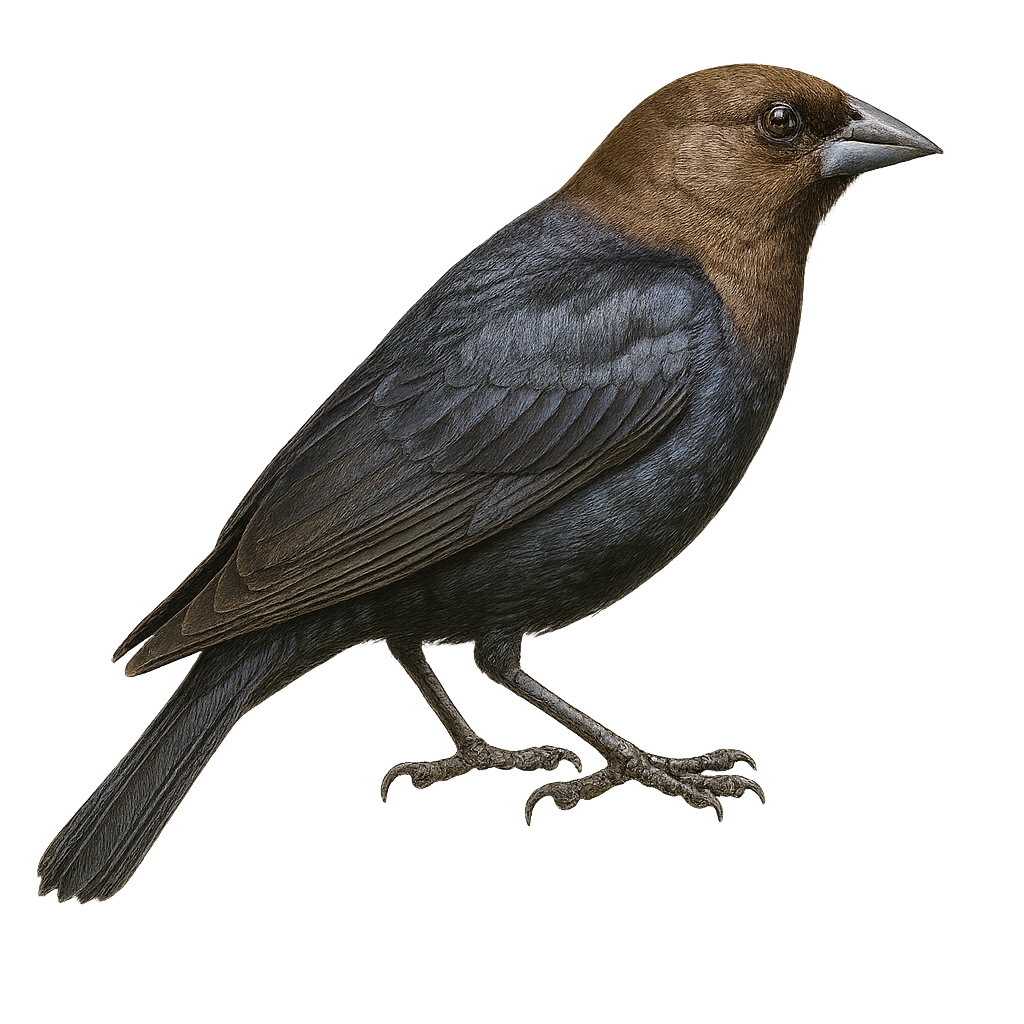Your wildlife photography guide.
Explore the brown-headed cowbird in detail, study its behavior, prepare your shots.
Where to observe and photograph the brown-headed cowbird in the wild
Learn where and when to spot the brown-headed cowbird in the wild, how to identify the species based on distinctive features, and what natural environments it inhabits. The WildlifePhotographer app offers tailored photography tips that reflect the brown-headed cowbird’s behavior, helping you capture better wildlife images. Explore the full species profile for key information including description, habitat, active periods, and approach techniques.
Brown-headed Cowbird
Scientific name: Molothrus ater

IUCN Status: Least Concern
Family: ICTERIDAE
Group: Birds
Sensitivity to human approach: Suspicious
Minimum approach distance: 10 m
Courtship display: April to July
Incubation: 10-12 jours
Hatchings: April to July
Habitat:
grasslands, agricultural areas, forest edges
Activity period :
Primarily active during the day, with peak activity in the morning and late afternoon.
Identification and description:
The Brown-headed Cowbird, Molothrus ater, is a passerine bird from the Icteridae family, native to North America. This bird is easily recognizable by its chocolate-brown head contrasting with its glossy black body in males, while females have a duller, grayish-brown plumage. The Brown-headed Cowbird is known for its brood parasitism behavior, laying its eggs in the nests of other bird species, which can negatively impact host populations. It inhabits various environments, including grasslands, agricultural areas, and forest edges. Although often considered a nuisance by birdwatchers, it plays a role in ecological balance by controlling insect populations.
Recommended lens:
400mm – adjust based on distance, desired framing (portrait or habitat), and approach conditions.
Photography tips:
To photograph the Brown-headed Cowbird, it is advisable to use a telephoto lens of at least 400mm to capture detailed images without disturbing the bird. Look for open areas such as grasslands or agricultural fields where these birds are often visible. Be patient and discreet, as although they are suspicious, they may get used to your presence if you remain still. Take advantage of the early morning or late afternoon hours to benefit from soft, natural light that will highlight the details of their plumage.
The WildlifePhotographer App is coming soon!
Be the first to explore the best nature spots, track rutting seasons, log your observations, and observe more wildlife.
Already 1 430 wildlife lovers subscribed worldwide

